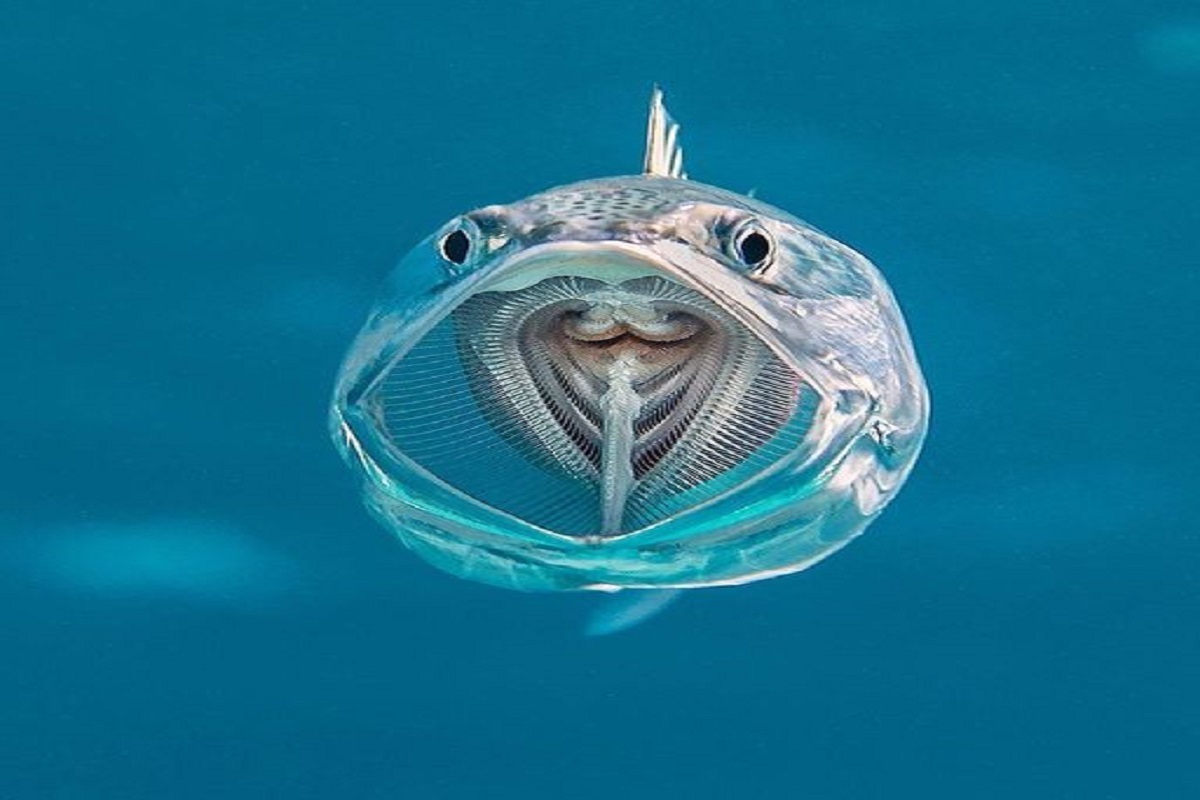Striped mackerel (Rastreliger canagurta) is a remarkable fish found in tropical and subtropical waters around the world. It is known for its distinctive striped pattern, this small pelagic species belongs to the mackerel family. In this article, we will learn about striped mackerel characteristics, habitat, diet, and life cycle.

This species is usually 25 to 35 cm in length. The female species is slightly larger than the male. They have rows of small, sharp teeth and barbed tails, which allow for easy movement. Striped mackerel is found in warm coastal waters of the Indian and Pacific Oceans. They are commonly found in Southeast Asian waters, including the coasts of India, Indonesia, Thailand, and Malaysia.
This fish stays close to the surface of the water. A temperature of 25 to 30 degrees Celsius is tolerable for them. Coastal reefs, bays, and estuaries serve as essential habitats for striped mackerel. Striped mackerel are omnivores and primarily consume small fish, crustaceans, and zooplankton. They have keen eyesight, which aids in their hunting success. These fish are known for their fast and agile swimming, which allows them to chase prey easily.
Striped mackerel plays an important role in the food chain. Larger fish, seabirds, and marine mammals such as dolphins and sharks prey on mackerel. The lifespan of striped mackerel is about 3 to 5 years. They reach sexual maturity at about 1 year of age.
Striped mackerel plays an important role in marine ecosystems. Striped mackerel is of economic importance to many coastal communities. Due to their abundance and tasty meat, they are commonly targeted by commercial and fishermen.
